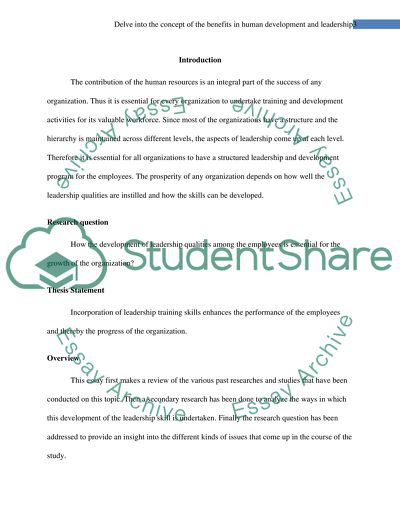Cite this document
(“Delve into the concept of the benefits in human development and Research Paper”, n.d.)
Retrieved from https://studentshare.org/english/1489349-delve-into-the-concept-of-the-benefits-in-human
Retrieved from https://studentshare.org/english/1489349-delve-into-the-concept-of-the-benefits-in-human
(Delve into the Concept of the Benefits in Human Development and Research Paper)
https://studentshare.org/english/1489349-delve-into-the-concept-of-the-benefits-in-human.
https://studentshare.org/english/1489349-delve-into-the-concept-of-the-benefits-in-human.
“Delve into the Concept of the Benefits in Human Development and Research Paper”, n.d. https://studentshare.org/english/1489349-delve-into-the-concept-of-the-benefits-in-human.


